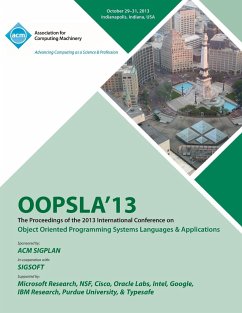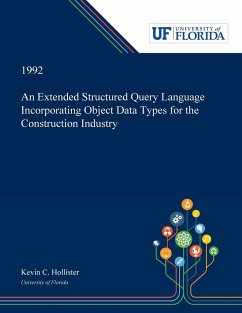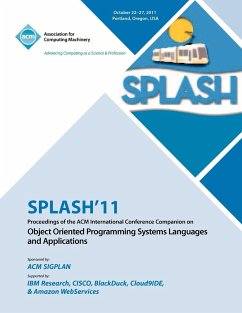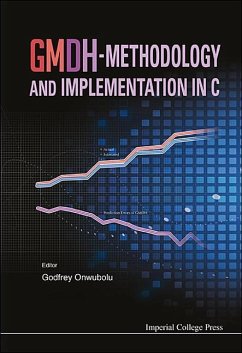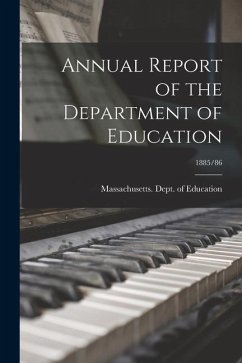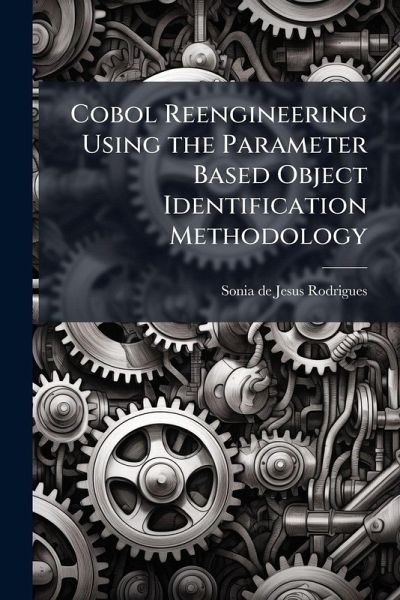
Cobol Reengineering Using the Parameter Based Object Identification Methodology
Versandkostenfrei!
Versandfertig in über 4 Wochen
17,99 €
inkl. MwSt.
Weitere Ausgaben:

PAYBACK Punkte
9 °P sammeln!
This research focuses on how to reengineer Cobol legacy systems into object-oriented systems using Sward's Parameter Based Object Identification (PBOI) methodology. The method is based on relating categories of imperative subprograms to classes written in object-oriented language based on how parameters are handled and shared among them. The input language of PBOI is a canonical form called the generic imperative model (GIM), which is an abstract syntax tree (AST) representation of a simple imperative programming language. The output is another AST, the generic object model (GOM), a generic ob...
This research focuses on how to reengineer Cobol legacy systems into object-oriented systems using Sward's Parameter Based Object Identification (PBOI) methodology. The method is based on relating categories of imperative subprograms to classes written in object-oriented language based on how parameters are handled and shared among them. The input language of PBOI is a canonical form called the generic imperative model (GIM), which is an abstract syntax tree (AST) representation of a simple imperative programming language. The output is another AST, the generic object model (GOM), a generic object oriented language. Conventional languages must be translated into the GIM to use PBOI. The first step in this research is to analyze and classify Cobol constructs. The second step is to develop Refine programs to perform the translation of Cobol programs into the GIM. The third step is to use the PBOI prototype system to transform the imperative model in the GIM into the GOM. The final step is to perform a validation of the objects extracted, analyze the system functionally, and evaluate the PBOI methodology in terms of the case study. This work has been selected by scholars as being culturally important, and is part of the knowledge base of civilization as we know it. This work was reproduced from the original artifact, and remains as true to the original work as possible. Therefore, you will see the original copyright references, library stamps (as most of these works have been housed in our most important libraries around the world), and other notations in the work. This work is in the public domain in the United States of America, and possibly other nations. Within the United States, you may freely copy and distribute this work, as no entity (individual or corporate) has a copyright on the body of the work. As a reproduction of a historical artifact, this work may contain missing or blurred pages, poor pictures, errant marks, etc. Scholars believe, and we concur, that this work is important enough to be preserved, reproduced, and made generally available to the public. We appreciate your support of the preservation process, and thank you for being an important part of keeping this knowledge alive and relevant.







